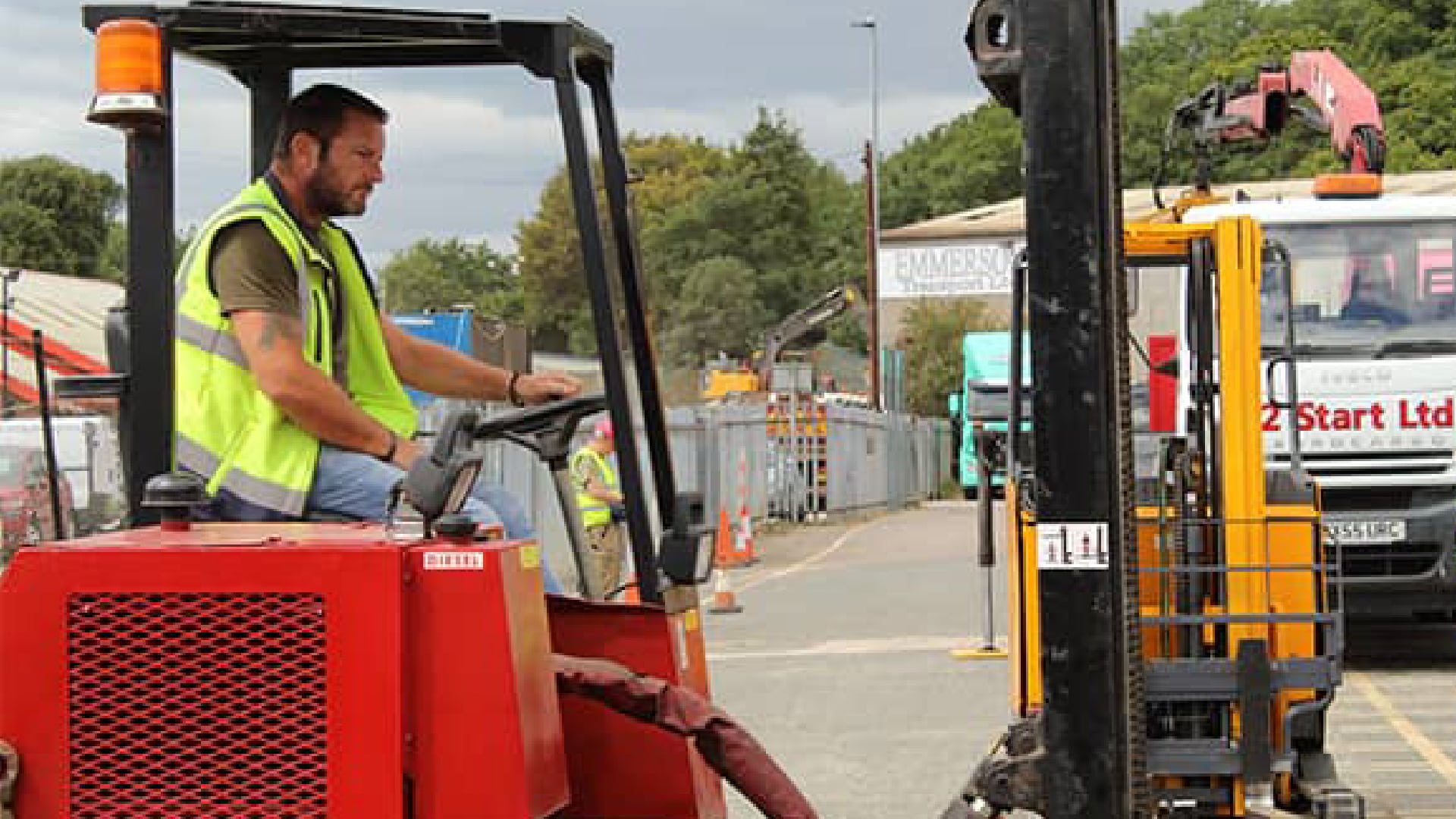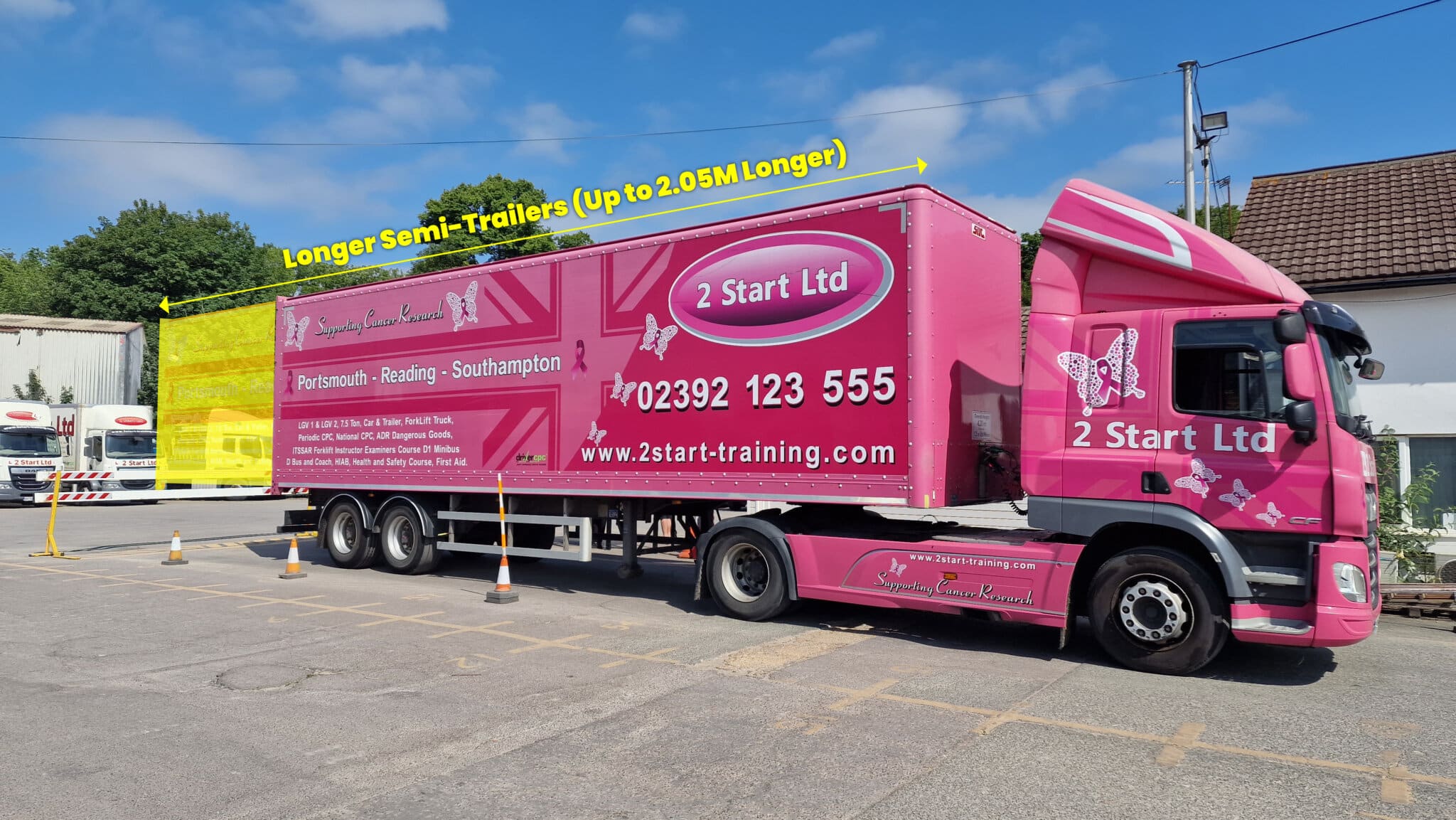The last few years have been turbulent for many businesses and employees in the logistics sector. From the high demand of e-commerce, to the European Union (EU) changes and Brexit.
As we jump into the new year, what can we expect to see in Transport and Logistics for 2024? What trends will shape the industry for the next 12 months to come?
Find out about the top 3 trends we expect to see for Transport & Logistics in 2024.
Artificial intelligence (AI)
It is no secret that AI had become more prominent during 2023. The ongoing efforts to utilise AI for different categories of tasks is not only to help with the high demand of workers that are needed, but also to make tasks be completed with minimal risk of injury to others.
AI is somewhat already integrated in the logistics sector. Such as cloud-based systems for e-commerce and warehousing, which increases the swift procedure of supply chain management.
Autonomous vehicles are a big talking point and consideration factor when it comes to supply chain businesses and warehouses.
The move to use Autonomous vehicles has the probability to aid employees in their day-to-day life. This is due to Ecommerce growing more favourable year on year, as there is a much higher demand for warehouses to supply the goods more frequently. AI will help with the rise of E-commerce purchasing, and relieve some of the stress for warehouse operatives.
With the use of these autonomous vehicles (also known as self-driving vehicles) warehouses can continue to run past closing hours, without having to pay a wage, as these autonomous vehicles can work round the clock.
AI Powered Forklifts
Autonomous forklift trucks are a key part in the integration between AI and supply chain management. It has been suggested that autonomous forklifts will be “…the next wave of warehouse and factory innovations…”
Although there is the chance that jobs could be lost, this could mean an influx in responsibilities for those who are still employed with the company in question, such as software engineering roles.
Autonomous vehicles are only one of the key roles that AI can be interjected into.
With the use of AI powered technology, routes and schedules can be optimised to help with accuracy and speed of service. AI makes predictions which can help businesses to aid with more efficient resource utilisation. This can also help save costs for businesses, by reducing the time drivers are on the road, as well as being able to meet deadlines swifter.
However, resources are still somewhat scarce when it comes to the use of AI. Although it has grown exponentially over the last year, it is limited to few, and costs are a lot more demanding, especially when it comes to autonomous vehicles. Autonomous forklift trucks are more expensive than a standard forklift truck that must be operated by a person.
Many businesses may either not be able to afford an autonomous vehicle, or they can only afford one or two, which could be deemed as counter intuitive, since labour costs may still be the same or similar.

Is the Transition Costly?
It is expected that a prices for a “stacker lift” would start from $45,000 (£37,043.55), and can be seen to reach as high as $70,000 (£57,623.30).
To put that in perspective, a standard Toyota 2t double stacker is approximately £12,000. The lower end of the cost of an autonomous forklift truck is already 3 times more. This doesn’t seem like a feasible option for the smaller businesses.
Time is also another factor to consider. You need to be dedicated to understand AI and the abilities and limitations of it. This will also mean adapting to work with AI powered technology and machinery.
Others have also suggested that, although the technological advancements are better optimising businesses, could it be hindering the skills of a human. This could begin to make employees lazier at their jobs. Thus, a snowball effect will endure. As businesses will potentially look at making the majority of their staff obsolete, with many more jobs given to robotics.
Nevertheless, the growing knowledge of AI will aid in the continuous development and progression of customer satisfaction for businesses.
Although, there is a multitude of reasons as to why AI will never be able to replace a human role in logistics, especially when it comes to fleet management and maintenance. AI won’t make logistic workers obsolete.
In the grand scheme of things, you will always need someone to drive an HGV, as well as someone to be able to manually load and unload the goods off the vehicle, and then someone to check the vehicle for any illegal activities.
Also looking at this from a more practical view, will an autonomous vehicle know if there is an issue with the vehicle, in which there is a need for an emergency procedure?
Will AI also know if all wheel nuts on an HGV are properly fastened? Will AI also know if the height of the vehicle is displayed properly on the rear? These are all points of consideration in the instance of believing AI will take your job.
In short, AI could never fully replace the need for humans. Especially in the logistics/road transport sector in the foreseeable future. AI will never be able to instinctively decide like a human can. However, it could be a big benefit for procedural checks. For example, ensuring the correct consignment labels are on the vehicle and visible.
Reduced Emissions
Reducing the emissions produced from vehicles, machinery and other possible factors has become the pinnacle focus of many businesses. Many are also planning to become net zero by 2050, and some sooner. It has been determined that supply chains “…generate around 60% of all carbon emissions globally.” This is a massive percentage that has the ability to be reduced through careful framework, planning and implementation. Although, further research and work must be done to ensure that supply chains aren’t hindered.
Electric Powered Vehicles for Logistics
The zero-emission mission will mean further research into the use of alternatively fuelled vehicles (AFVs) for logistics by road. Thus, building sustainability across the industry with the zero emissions movement.
More businesses are forcing the move to AFVs. This is with the use of promoting electrical vehicles on themselves.
However, there seems to be strenuous progress when it comes to alternative fuels for larger vehicles, such as Category C+E articulated lorries.
The reason for this is the size of the vehicles are too big for the power generated from anything other than fossil fuels. The distances that articulated and rigid lorries have to travel is too far for how AFVs can actually travel currently. Even if the technology was present to be able to transport the vehicles.
Although, using electric powered C1 vehicles is already underway. Many big businesses (such as Amazon) are already using electric powered vans. Smaller businesses are already making (if they have not already made) the transition.
This is a big step in the logistics sector, as it is vital that businesses transporting goods are able to also transition to the zero-emission movement as practically as possible, otherwise businesses will struggle.
Researching and testing is vital to determine the probability of AF HGVs, as there is not another alternative to fossil fuelled vehicles, which works the same as petroleum/diesel.
As the push continues for AFVs, so will supply chain attitudes. This is paramount to those planning to join logistic businesses, since this trend is going to become more prominent in the years to come. More so now that the zero-emission plan is slowly creeping closer.
More capacity for freight movement
Increasing efficiency in logistics has also been a consistent factor that many businesses and organisations have kept in mind. This is not only a way to help to reduce emissions, but also reduce costs and labour.
Longer-Semi Trailer
More capacity considers larger cargo space for LGVs and HGVs. The longer semi-trailer trials have proven that articulated vehicles can have longer trailers. This will help reduce emissions by minimising the number of vehicles and trips for long haul drives, while also reducing labour costs.
Training would not have to be changed, only certain situations in which you will be expected to manoeuvre or complete your 3a reversing technique.
More capacity for freight movement will further benefit the businesses and help with the HGV driver shortages. Of course, the longer semi-trailers are a realistic expectation, with the trials recently being concluded, there has been positive feedback and statistics which support the argument that these goods vehicles can be extended to carry additional products, while also helping to reduce drivers on the road.
Capacity management has also become more important. Dead heading is a big problem, with increased chance in crashing, as there is an increased possibility of the vehicle rolling over. But 2 Start conduct training with part loaded or empty trailers. This will increase a drivers skill and confidence in driving with a part loaded and empty trailer, as they will be very used to this.
Of course, as there are many different sized vehicles that are used, depending on the type and quantity of goods.
What You Can Expect From Us
As we expect to see these trends in the coming year, 2 Start Ltd are planning to stay at the forefront of the trends and changes that will be coming into effect, by staying ahead with the relevant news, information and legislations that will become more known.
2 Start aim to guide students who are completing training with the necessary information they will need to be aware of when breaking into the logistics sector, as well as keeping our instructors’ knowledge relevant and up-to-date. Where needed, we are also adding extensions to our current vehicles to replicate a longer semi-trailer.
We believe that transport training companies must embrace these changes, as to prepare those who are looking to join the transport and logistics industry.
These trends will transform the current ways that logistics and supply chain management works (for the better) and we will continue to provide up to date, consistent training with accredited, reputable instructors.
If you are planning to join the logistics industry, update your licence/training, or looking to upskill, choosing 2 Start will give you the best opportunity, with up-to-date training facilities and equipment.
2 Start aim to be leaders in logistics training, providing up to date and relevant training for those branching into the logistics sector.




Leave a Reply